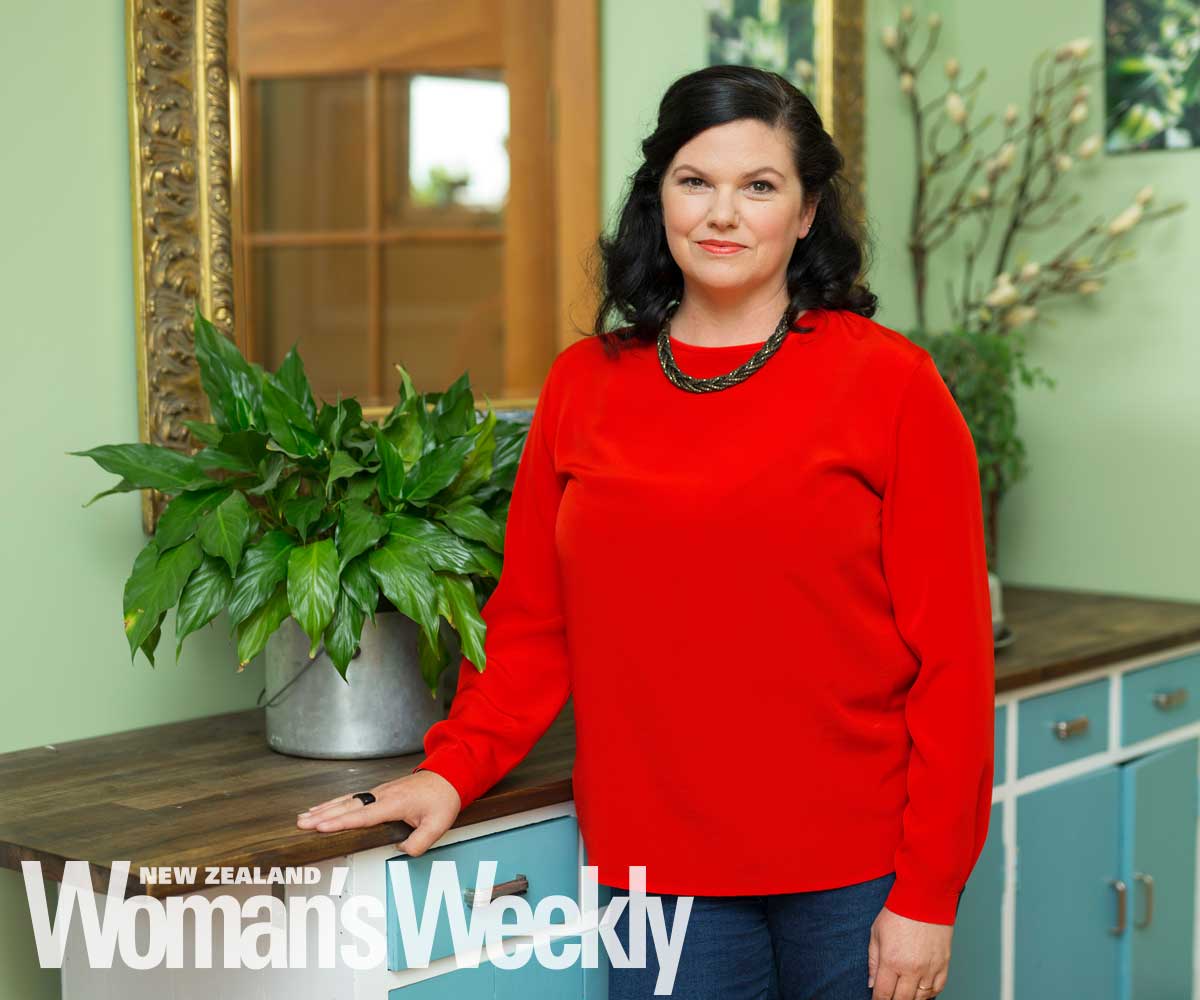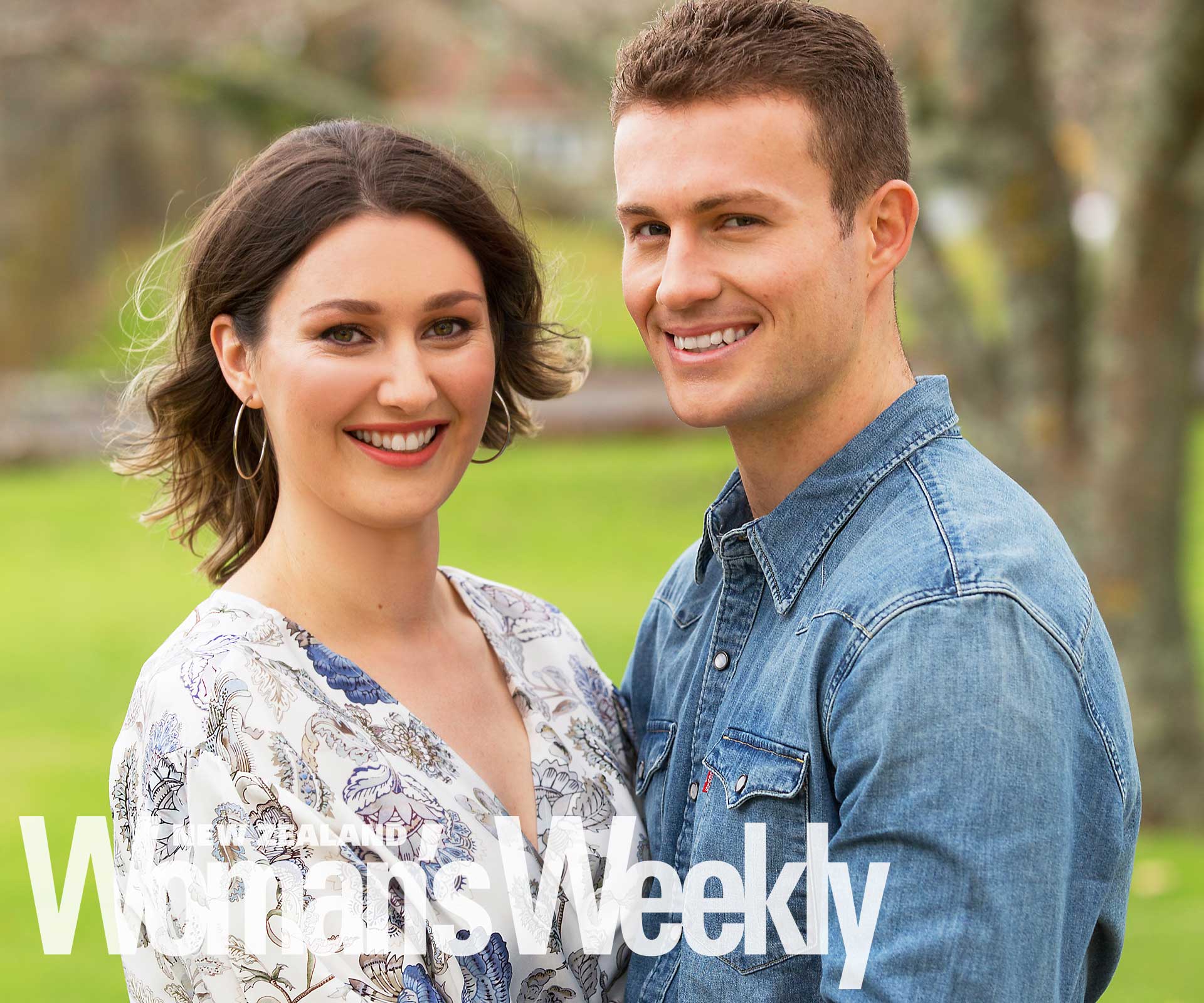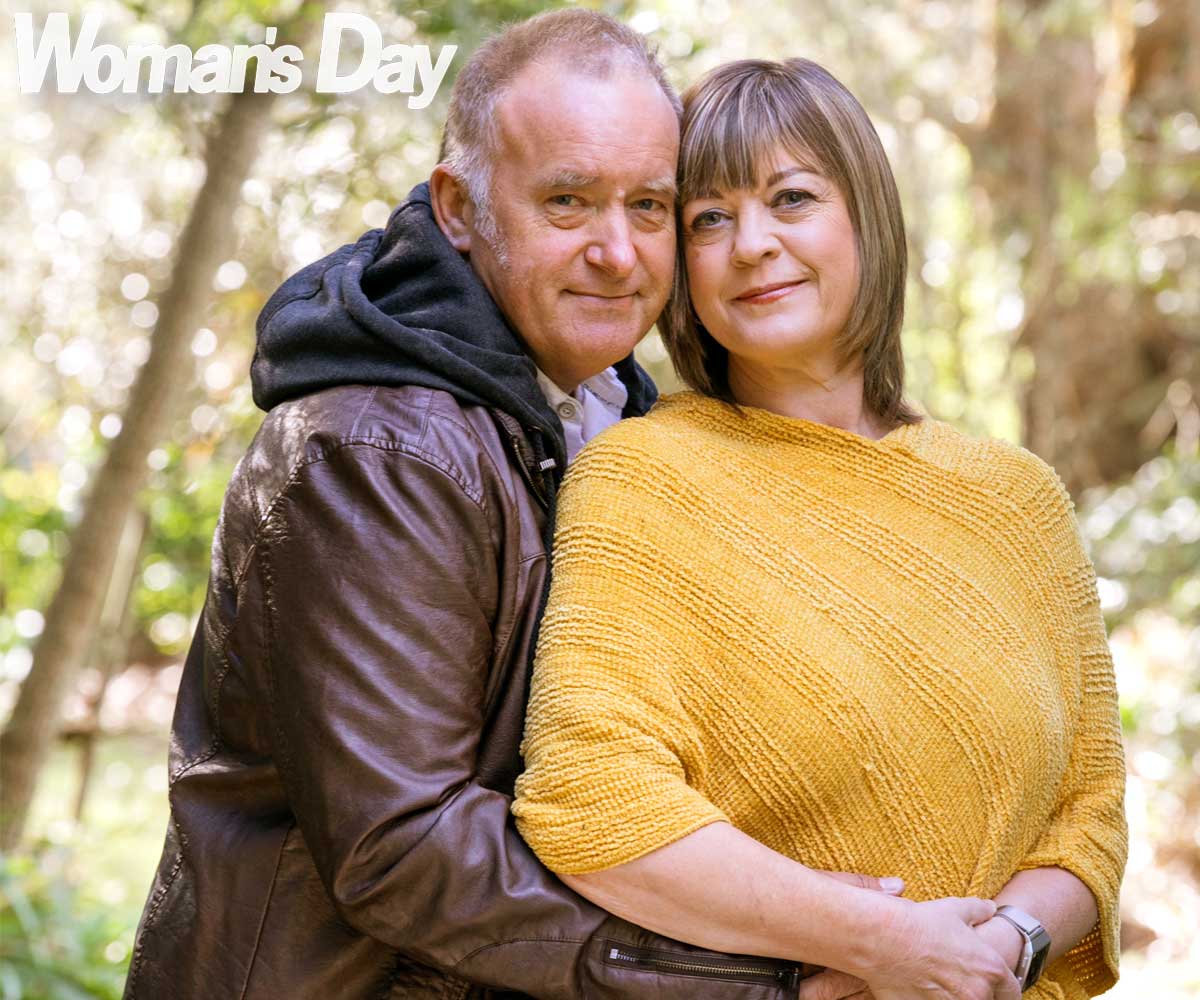“He wants you to come into the surgery and bring Jude.” It was the “and bring Jude” bit that had us worried.
The man I married is fair-skinned. He burns. Chris also has a lot of moles on his body. We’ve been vigilant about the sun and having regular skin checks, especially after a melanoma in situ was discovered on his calf nearly 20 years ago.
A melanoma in situ is an early stage melanoma… it still sits in the top layer of skin, the epidermis. Mere mention of the word “melanoma” has been enough to cause my stomach to turn itself into knots. I know how dangerous it is, how it doesn’t distinguish between young and old, fit or otherwise.
Chris, because of his Celtic heritage and propensity to have more moles than most, has had his share of basal cell carcinomas removed. Those tend to be on areas exposed to the sun, they’re surface deep and rarely spread to become life threatening.
Perhaps it’s because he’s had so many of these removed in the past that we weren’t overly concerned when we spotted a tiny pink lump on his forearm before Christmas. It looked a bit like an insect bite.
“Better get it checked,” I said. He duly took himself off to our local skin check clinic. “Not sure about this one,” Dr Chris Boberg said. “I think we’ll take it off. I don’t have any operating time before Christmas… let’s wait till January.”

Since having his melanoma removed, Chris has had a basal cell carcinoma removed from his lip. He is on three-monthly skin checks.
We did. And in the meantime my Chris continued working away on our beach house. It’s a project that’s taken more than 20 years… but then good things take time, as he keeps telling me, especially if you’re intent on doing everything yourself as well as working pretty much full time.
I’ve learnt to be patient.
In the course of his building, Chris managed to knock the top off the little lump a couple of times. A scab formed and then dropped off and it looked as though it might disappear of its own accord. Should we cancel the surgery?
Chris rang to suggest we did. But Dr Boberg was insistent: “I think we should take it off.”
He did. It was a reasonable scar with about 10 external stitches. The excised tissue went off to the lab for testing, as usual. We both expected the results to be favourable, as they always had been.
And then, 10 days later, Chris dropped into the surgery on his way to work to get the stitches removed. He rang me from the car afterwards. I could hear the fear in his voice.
“The nurse says it’s a melanoma. She says the doc will need to talk to me, he’ll ring later in the day.”
It was a Thursday. I had work to do. But I couldn’t concentrate. Suddenly nothing else was important. Just one thing and one thing only. What would the doctor say?
A couple of hours later Chris rang again.
“The doc’s rung. He wants to see me in the surgery at five. He wants you to come too.”
Oh no, I thought. This is not good. It’s then that you move into a kind of twilight zone. Everyone else is going about their business as usual, but you have had news that is going to change you for ever. Both of us were thrown into turmoil.
The doc was extraordinary. Patient with our questions, and kind. “You know how serious this is?” he asked us, leaning forward in his chair, hands held loosely between his knees. We did and we didn’t.
“Do you want me to tell you your chances of survival Chris?” he asked. We looked at each other. This would have to be Chris’ call. “No,” he said.
His reasoning: what difference would it make? If he had a 90 per cent chance of survival, he could still be in the 10 per cent that didn’t make it, or vice versa. Best just to push forwards and be as optimistic as possible.
It turned out that the tiny pink “insect bite” was in fact a grade 4 melanoma – the grade number being a measure of its aggressiveness, with 1 being the least serious, 5 the most. So we were in trouble.
It had penetrated well below the epidermis. The question was, had it spread to the lymph nodes and, if so, had it attacked other organs? Our next step was to see a specialist.
As it happened we were extraordinarily lucky to be able to see Mr Richard Martin the following Monday. He is widely regarded as one of New Zealand’s, if not the world’s, leading melanoma surgeons.
It was the longest weekend of our lives. We moved like zombies on auto pilot. We were both very emotional, could hardly bear to lose sight of each other. All of a sudden all the plans we had for our future together were on hold.
It was our eldest son’s birthday. He was having a party. We would party with him, keeping the news to ourselves. Of course, later, our three children would be our greatest strength.
Richard Martin was calmly reassuring. We both instantly felt as though Chris was in the best of hands. Richard explained he would have to take a further 2cm away around the existing wound. He eyed Chris’ slender forearm. We laughed about whether there would be enough skin to cobble together. He would also remove the lymph nodes that drain that particular part of the body to check whether the cancer had spread.
We would have to wait a further week for the surgery. In the scheme of things that’s not long at all but it felt like an eternity. We both tried to carry on as normal but it was impossible to concentrate. Neither of us slept much, instead we just held each other, neither of us able to give voice to our deepest fears. The nights were the worst – the mind has a habit of taking you to the most negative of places in the small hours.

Judy also has regular skin checks and says although she has olive skin, she has been told she is at medium to high risk of skin cancer due to sun damage. “My specialist says every suntan is a scar.”
We fought the temptation to consult Dr Google. That was Richard’s advice too. Nothing good would come of it, he said. Instead we began thinking about all the positive things we could do to improve Chris’ chances.
We began juicing in earnest. Beetroot, carrot, celery, ginger, turmeric, garlic and broccoli. It felt like a glass of instant health. We tried to exercise every day. Stopped eating as much red meat and dairy, instead opting for vegetarian dishes with lentils, chickpeas and pulses. We stopped drinking alcohol, mostly – the odd red wine crept in!
And above all, we looked for ways to reduce stress on Chris. He works in a demanding, high-stress job as managing director of South Pacific Pictures, makers of shows like Shortland Street, Westside and 800 Words. He is the sort of man who loves a challenge and he loves his work but it tends to become all-consuming from time to time. Things needed to change.
That has been one of the toughest things for him to wrestle with. He needed to downsize the job, do less hours, take on fewer projects. He told me he felt as if he was letting people down by stepping away. I told him the time had come to think of himself and his future. At the time of writing he is now working three days a week.
Richard left Chris with an immaculate scar that runs at least half the length of his forearm. He’s proud of his work! The cancer hadn’t spread. His lymph nodes were clear. Richard is, he says, 97 per cent sure Chris is clear.
The day we finally received the all clear, our beloved cairn terrier, Mo, was euthanased. It was a roller coaster of a day. Extreme elation about Chris, profound sadness about Mo. A life spared, a life taken.
While we, both of us, are enormously grateful Chris has dodged this particular bullet, the vulnerability remains. What about that three per cent?
Life will never be the same. Each day is a gift, to be lived to the max. We prioritise the things that really matter. Each other, family, friends, health, home.
This man I met and fell for when I was 18, and have loved for nearly 50 years, is no longer 10 feet tall and bulletproof. He is on three-monthly checks. We have learnt not to take anything for granted and we would urge you, if you haven’t already, to begin having regular skin checks. It could save your life.
Facts about Melanoma
New Zealand’s melanoma incidence rate is the world’s highest.
More than 4000 Kiwis are diagnosed with either melanoma in situ or invasive melanoma every year. Around 350 die from the disease each year. About 70 per cent of melanoma cases occur in people aged 50 years and older.
What is Melanoma?
There are three types of skin cancer. Basal cell carcinoma and squamous cell carcinoma, which are also referred to as non-melanoma skin cancers, are the most common.
But it is the third type, melanoma, that is the most dangerous. It often appears as a new mole, or an existing one that has changed in appearance.
Keep a eye out for:
Shape: Melanomas tend to have irregular shapes and uneven borders, and can be thicker than other moles.
Colour: Moles that are unusual or uneven in colour are worth noting to your doctor.
Size: Any mole that appears to be growing in width or height may be a sign of skin cancer.
Melanoma can also appear as crusty, non-healing sores and may itch or bleed. They occur most often on the face, back, arms and legs.
Melanoma New Zealand depends on donations to fund its work. Donations can be made online at melanoma.org.nz or by phoning 0800 463 526.




